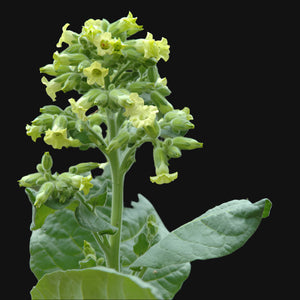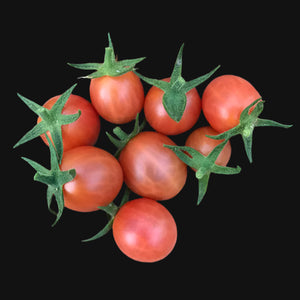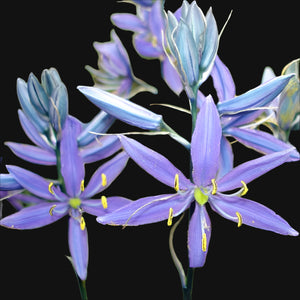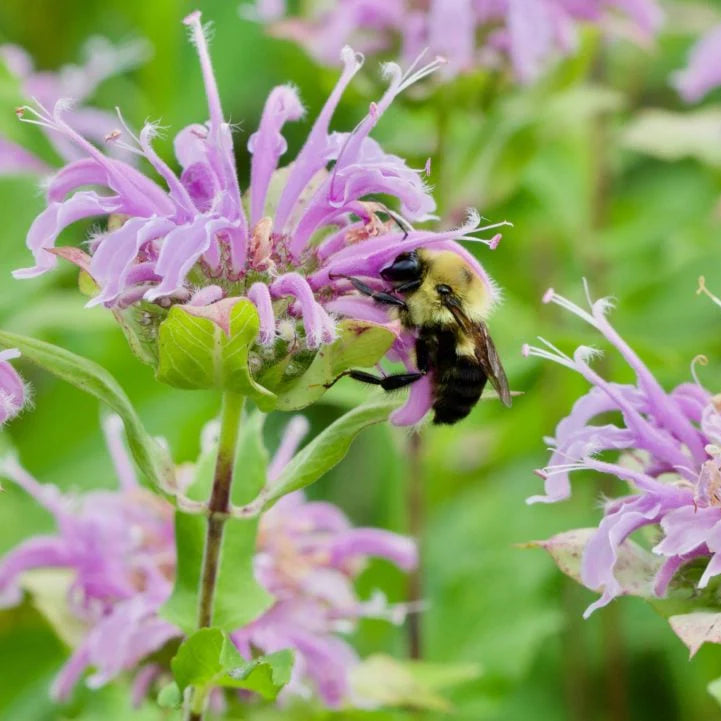
Bergamote
Monarda fistulosa
Prévenez-moi lorsque disponible
Cet article est actuellement en rupture de stock. Saisissez votre adresse e-mail pour être averti lorsqu'il sera à nouveau disponible.
≈ - seeds | 1g (0.04oz)
Résumé de la croissance
| Common Name | Bergamote |
| Scientific Name | Monarda fistulosa |
| Seed Count | - |
| Metric Weight | 1 g |
| Imperial Weight | 0.04 oz |
| Height | 0,9–1,2 m (3–4 pi) |
| Spread | 0,5–0,9 m (1,5–3 pi) |
| Canadian Zone Information | 3–9 |
| Growing Difficulty | Facile |
Avis sur les produits
Vous avez une question?
Titre de la fonctionnalité
Nous (une petite ferme) expédions chaque semaine, le mercredi !
Titre de la fonctionnalité
Ramassage disponible à notre stand de ferme 542 Wootton Road, Metchosin
100 % canadien cultivé à Metchosin, île de Vancouver, Colombie-Britannique, Canada.
Traité à la main
Certifié biologique
Pollinisation libre
Sans OGM
Questions fréquemment posées
Est-ce que vous vendez à la ferme ?
Non.
Nous avons un stand à la ferme qui est ouvert pendant la saison : de mars/avril à juin/juillet
Ma commande sera-t-elle suivie ?
Peut être.
Nous expédions tous les colis de semences par courrier postal via Postes Canada.
Toutefois, si vous commandez des bouquets, des porte-greffes ou des tubercules, nous offrons automatiquement une livraison protégée dans une boîte prépayée de Postes Canada. Ces boîtes sont munies d'un numéro de suivi.
Combien coûte l'expédition ?
Économisez 20 $ lorsque vous dépensez 200 $
Toutes nos expéditions ont des frais de manutention.
Les frais d'expédition commencent à 6 $ et augmentent progressivement pour les paquets de graines uniquement.
Si vous achetez des bouquets, des racines ou des tubercules, les frais d'expédition augmenteront de 18 $ et augmenteront progressivement.
Nous facturons des tarifs d'expédition équitables pour nos clients et nous permettons de fonctionner comme une petite ferme.
Quelle est votre politique de satisfaction client ?
Nous garantissons une germination jusqu'à 75% sur toutes nos graines dans de bonnes conditions.
Cela signifie que nous allons les remplacer.
Nous n'offrons aucune garantie concernant nos produits Forager Pet, si ce n'est qu'ils sont sans danger pour les animaux mentionnés. N'hésitez pas à nous contacter si votre animal n'est pas satisfait.
Des erreurs peuvent survenir et être corrigées. Ainsi, les articles manquants, erronés ou même endommagés peuvent être remplacés.
Nous travaillerons toujours avec vous pour trouver une solution appropriée.
Combien de temps prend l'expédition ?
Le courrier postal peut prendre jusqu'à 5 à 6 semaines.
Les colis peuvent prendre jusqu'à 1 à 2 semaines.
Nous expédions le mercredi, ce qui peut également entraîner des retards.
Est-ce que tous vos produits sont 100 % canadiens?
Oui. Tous nos produits sont cultivés à Metchosin, en Colombie-Britannique, ou récoltés dans les forêts environnantes.
Quelle est votre politique de remboursement ?
Nous sommes une petite entreprise qui privilégie les résolutions. Cela signifie que nous souhaitons que vous soyez satisfait de nos produits.
Cependant, si vous souhaitez effectuer un retour ou un remboursement, cela peut être fait.






